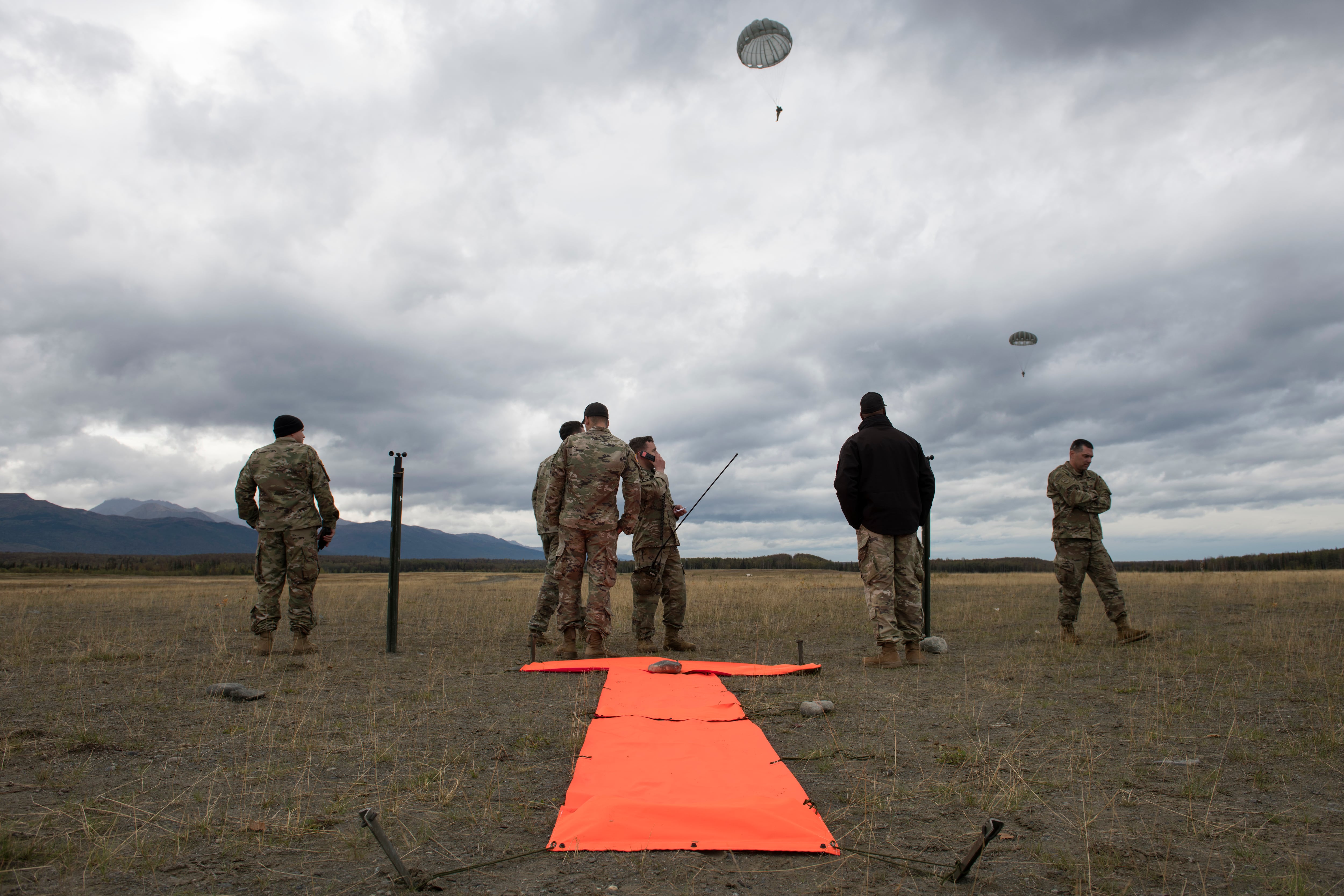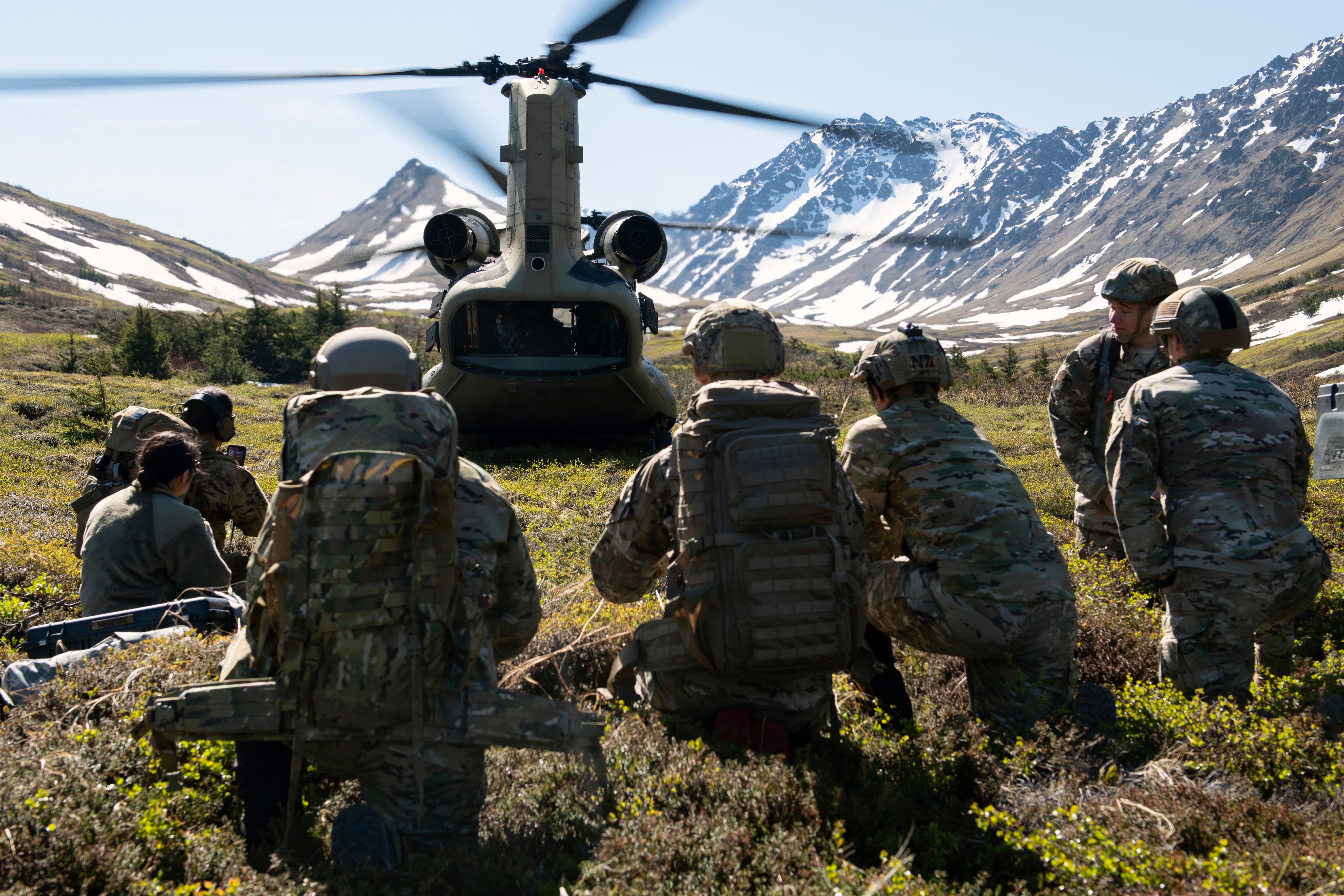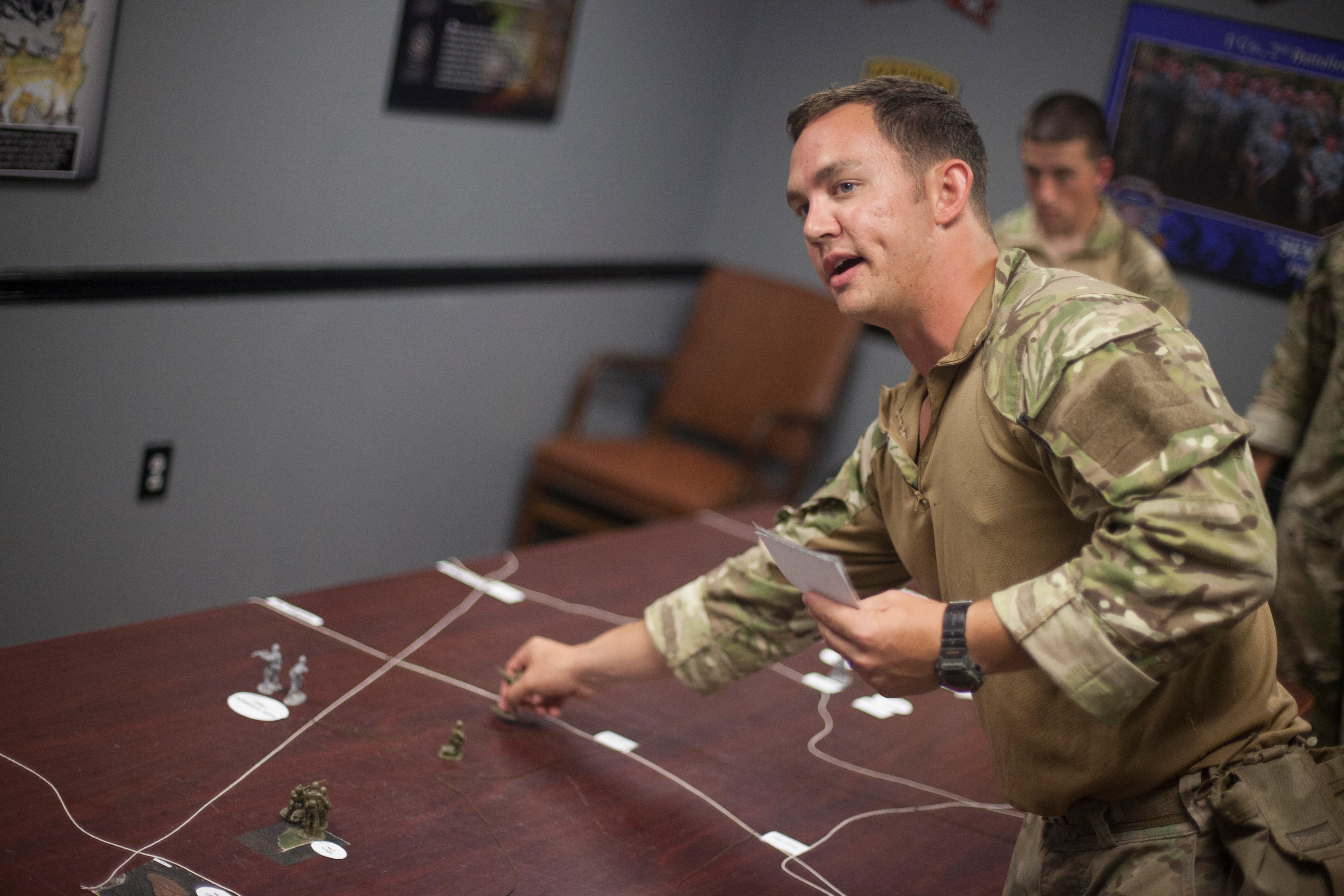The Army will discontinue its historic Pathfinder School at Fort Benning, Georgia, as leaders prepare for fiscal constraints in future budgets and expect a shift in how they wage war.
The decision had not yet been finalized in July, when Army Times reported that officials were mulling an end to the three-week program, which teaches troops to establish parachute drop zones using beacons and visual cues, as well as how to run helicopter sling-loads.
The closure concerned some Pathfinders who argued that the skills are still fundamental to the success of airborne operations, especially those performed in austere locations where U.S. troops have not yet ventured.
“There won’t be immediate issues, but you know, two, three or 10 years from now they’ll start running out of Pathfinder-qualified guys,” one Pathfinder instructor, who was not authorized to speak publicly, said. “It just baffles me that they say its non-essential. ... Jungle Warfare School is essential but Pathfinder School isn’t?”
Army Training and Doctrine Command decided to shutter other courses, as well. But Pathfinder is the only badge-producing one being eliminated, according to TRADOC spokesman Col. Rich McNorton.
“The majority of the other courses are technical and administrative where the skills that are still in demand are or will be subsumed into other programs of instruction,” McNorton said in a statement. "The priority list of functional training courses is being adjusted based on budget constraints and the Army’s focus on large scale combat operations and creating a multi-domain operations capable force.”

There is currently a working list of roughly 30 courses being discontinued, said Lt. Col. Jeremy Passut, another TRADOC official.
“Although the courses on this list will no longer be available, blocks of training within these courses could possibly be transferred to other courses currently being taught," Passut added. "Pathfinder has portions of training similar to what is already being taught at schools such as Air Assault.”
The 101st Airborne Division at Fort Campbell runs the Sabalauski Air Assault School, which does train Pathfinders. But the Fort Benning location has long been the proponent for all Pathfinder training, influencing the field manual and serving as the primary training team for paratroopers across the force, one Pathfinder instructor said.
The Pathfinder School also sent instructors out to different installations because the skill is in high demand among units that parachute regularly. Paratroopers from Alaska-based 25th Infantry Division units and the North Carolina-based 82nd Airborne Division were the school’s biggest customers.
RELATED

“One of the things they’re talking about doing right now is leaving it to units to run their own DZSO [Drop Zone Safety Officer] certification, so Fort Bragg can have Pathfinders or jumpmasters just run their own DZSO course," the Pathfinder instructor said. But then "you’re just taking continuity out of the loop by letting units do their own thing.”
Pathfinders have historically played a fundamental role in selecting and curating assault zones ahead of a larger assault force.
The job originated during World War II out of a need to mark drop zones and guide aircraft prior to massive parachute jumps, ensuring all soldiers landed in close proximity. Technology has changed, but the skills remain relevant, and are even still taught to sister-service units, like Air Force special tactics squadrons.

“You’re going to need guys who have these skill sets to say ‘you can land a helicopter here or you can’t’ and ‘this DZ is suitable or it’s not,’” one Pathfinder told Army Times previously. “A satellite isn’t going to be able to tell you there’s three feet of mud on the ground. It may not be for the D-Day invasion, but it could be for resupply drops in a degraded environment where they can’t rely on GPS, so they need a Pathfinder on the ground.”
Running drop zones at military ranges is a fairly routine undertaking. The drop zone’s dimensions, elevation, run-in headings and release points are known, and regularly practiced, by pilots and jumpers.
But new drop zones in unfamiliar terrain require troops who can navigate into foreign territory, plot coordinates, measure angles, direct air traffic and remove obstacles with explosives before the main air assault force is brought in.
If anything, the training should be modernized more, teaching soldiers how to disguise beacon signals, defeat GPS spoofing and set up landing strips, according to one Pathfinder.
It’s difficult to say how many Pathfinders currently exist across the Army, since the service shuttered its final company officially charged with the mission in 2017. Conducting a simple count of how many qualified soldiers are in the force can be misleading, though.
“People go to Pathfinder when they need it, usually as a junior NCO or officer,” a Pathfinder explained previously. “They then get promoted to the senior ranks and no longer sit in those coded positions, yet still have the Additional Skill Identifier.”
Kyle Rempfer was an editor and reporter who has covered combat operations, criminal cases, foreign military assistance and training accidents. Before entering journalism, Kyle served in U.S. Air Force Special Tactics and deployed in 2014 to Paktika Province, Afghanistan, and Baghdad, Iraq.





